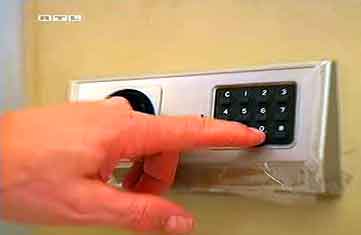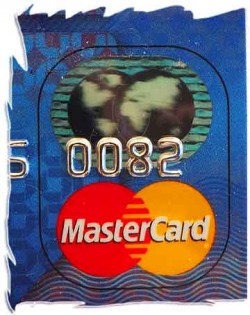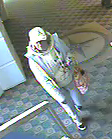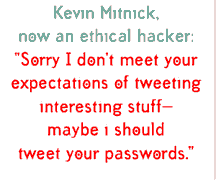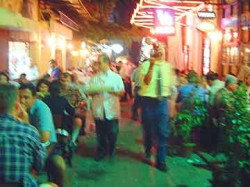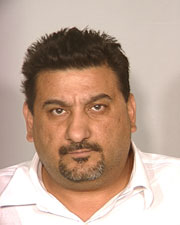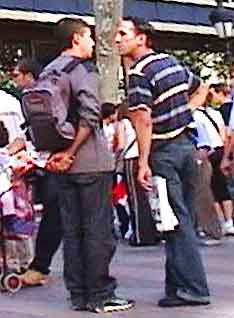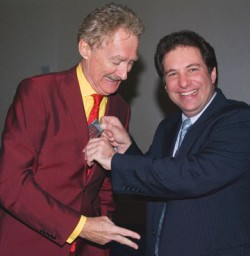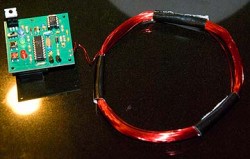
How safe is the safe in your hotel room? Not safe at all, it turns out, unless you factor in the odds. Odds are, your safe won’t be broken into. But the fact is, the crackin’s easy. Of course it is—hotels must be able to rescue valuables from faulty memories (forgotten codes, departed guests who forgot to empty their safes), lost keys, dead batteries, and power outages.
Hotel management and/or security can always access room safes. But how? Depends on the kind of safe. Does it open with a metal key? By swiping a magnetic card, or punching in a code? Does it use a plastic key card with a pattern of holes punched in it?

Is the safe safe?
Bob and I have long endorsed the use of safes in hotel rooms, as long as they are electronic. We’ve shied away from metal- and plastic-key safes, concerned about how many copies float around. But there are other ways to enter safes, and an untold number of people who have access, authorized or otherwise.
A deluge of thefts from hotel room safes in Palma de Mallorca, Spain, led to an investigative report by Burkhard Kress for Extra, a news show on German RTL TV (unfortunately not online).
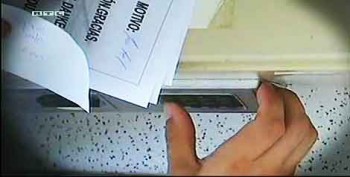
Kress booked a room there and mounted a hidden camera, then called hotel management for help opening his safe. The hidden camera footage captured the code that management punched into the safe’s keypad, which ended with the room number. With the permission of the guest in the room next to his, Kress tried the same code appended with the other room number. The neighbor’s safe opened. Anyone with the master code could open every safe in the hotel.
And anyone with a hidden camera could capture the master code.
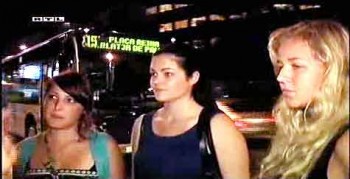
Kress had his cameraman stake out a different room for a week, waiting for a safe break-in. Alas, he was never hit. Eventually, Kress found out why. The thefts occur in rooms booked by two or more friends staying together. When a theft is reported, front desk staff insist the theft was committed by one of the “friends.”
Guests are required to pay a fee for the use of the safe. This, along with the fact that the only rooms hit are booked by two or more friends, leads me to suspect that these safe thefts are inside jobs. Who but front desk staff know both those facts? Of course the thieves might also be former employees, or individuals in cahoots with an employee.
According to Eric Fischer, a tour leader interviewed by Kress, these thefts have been going on for years at this and other hotels in Palma. He’s kept a log of them. He himself had €14,500 stolen from the safe in his room. When the Spanish police investigated the theft without much interest, Fischer suggested that they take fingerprints. “The police responded no,” he said, “you must be watching too much German TV—we don’t do that.”

What about those plastic key cards with a pattern of holes punched in them? They can be copied onto cardboard by anyone with a pencil and a hole punch. Safes that open with a keypad or your own magnetic card (credit card, grocery store card, or anything swipeable) often have a visible keyhole for a tool held by hotel management or security. Or, the safe may have an innocuous-looking panel that simply snaps off to reveal the keyhole. Whose got that key?
Bob and I have also come across safes screwed to loose shelves in closets.
In our book, we wrote:
Safe-cracks are extremely rare, although a man was recently arrested in Palma de Mallorca and charged with a spate of hotel safe robberies. Somehow, he had come into possession of a master tool which hotel security uses to open certain jammed electronic safes. (Other electronic safes can be opened by security using numerical bypass codes.) Presumably then, the man also had the tools to get into the hotel room itself. The burglar posted his female accessory at the elevator. They each had a cellphone and kept an open connection between them. When people came to the elevator, the woman would delay them for one minute. The burglar would hear the conversation, tidy up, and get out of the room.
Travel Advisory: How to Avoid Thefts, Cons, and Scams While Traveling
Chapter Four, Hotels: Have a Nice Stay
The “international conman” captured last September social-engineered his way into guest rooms and tricked hotel staff into opening safes. Hotel management, meanwhile, walks a fine line, compromising somewhere between providing real security and reluctance to inconvenience guests.
So how does Mr. International Conman get into your safe? Or—maybe not your safe because, obviously, he’s going to target a “whale,” or some other affluent hotel guest. First, he needs to get into your room—when you’re not there. Like any good con artist, he knows that front desk staff at most hotels will ask for ID, so he’s prepared. Here’s how. First, he follows you to learn your room number. Later, he goes to the front desk and, giving your room number, asks for a printout of “his” charges to date. Bingo. He’s now got your name and address. Next job is to whip out a fake ID, right in his car in the parking lot. Sounds like a lot of trouble, doesn’t it? But look at the payout.
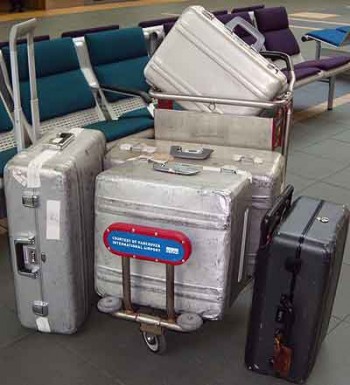
What should you do, then, with your million-dollar bauble? Carry the stuff and get pickpocketed or mugged? Leave it in the hotel safe for the safe-cracker to burgle? Put it in the front office safe? Often, Bob and I choose to lock our stuff into our largest hardsided (aluminum) luggage.
This is a good moment for intuition, or at least for some conscious reasoning. Bob and I stay some 200 or more nights a year in hotels and, though we don’t always use the safe, we’ve never had a problem with one. YMMV. The practical danger in using the hotel safe is remembering to empty it before you check out. When I expect a hurried or groggy, pre-dawn check-out, I scrawl a bedside note to myself.

